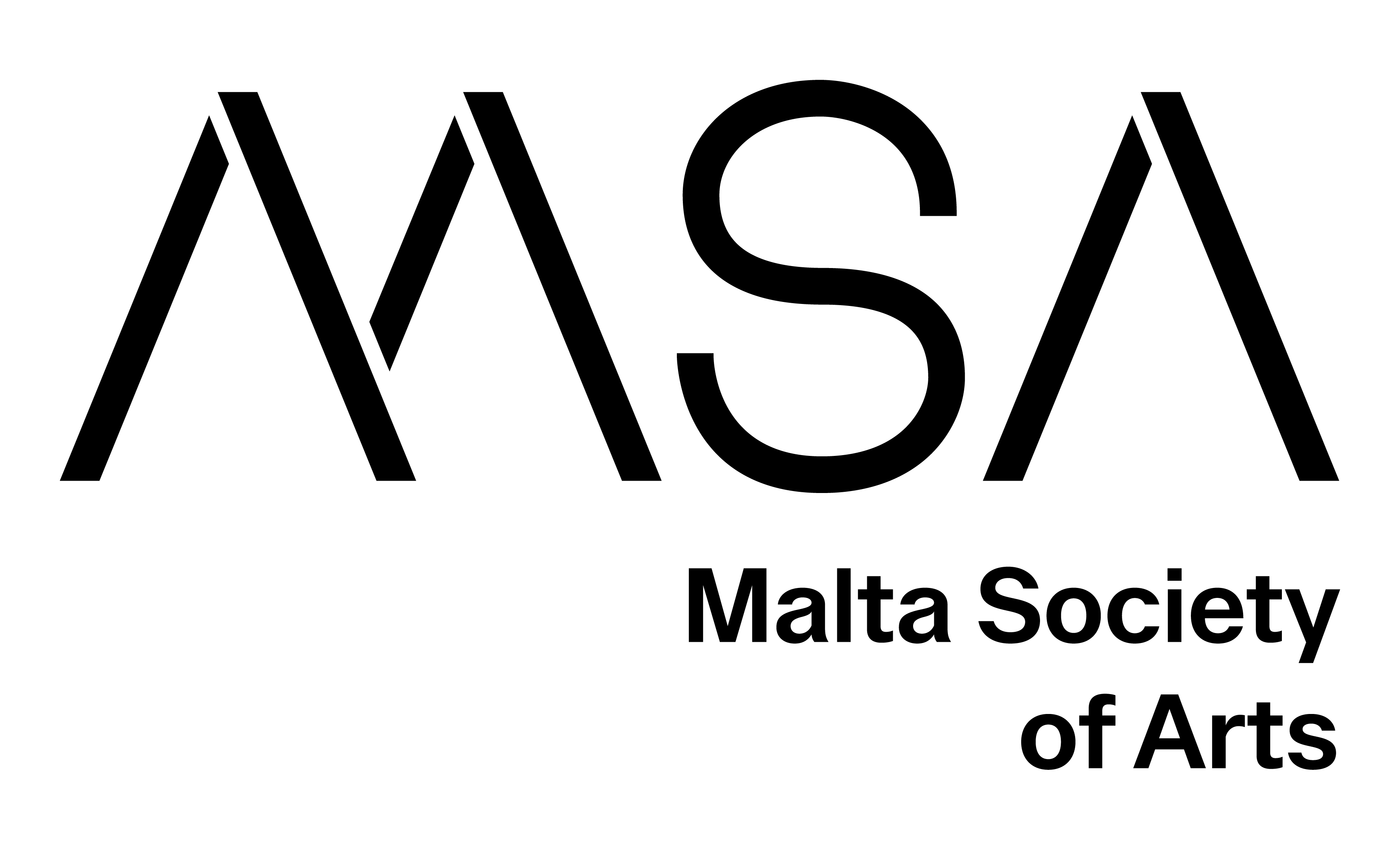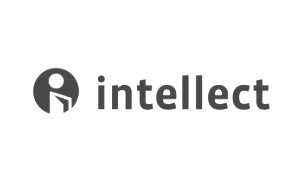2022
Single-channel video, 48’
Referencing the transhumanist musings of Yuval Noah Harari through the lens of AI and modified human bodies. AI confuses body parts with meat and mutant flesh and bodies put back together in all sorts of wrong ways. AI’s weirdness in depicting the human body seemed the perfect aesthetic for Harari’s creepy transhumanist narratives and body modification horror.
Harari is part Marshall Applewhite, leader of the Heaven’s Gate cult, part digital evangelist Nicholas Negroponte from MIT and part extropian transhumanist. Both Harari and Applewhite who shared a cult-like worldview of modifying the body in order to prepare it for the next evolutionary stage. Applewhite called it the level above human, and he and his followers died in a mass suicide in 1997 as they left their container bodies behind.
Harari’s cult-like proclamations about the end of homo sapiens, humans being hackable animals and the emergence of a useless class not on board with the AI revolution all smack a little of 1990s digital pre-millennium fervour but turbocharged with AI data sets, machine learning, algorithms, and digital authoritarianism.
AI is weird. It also can result in some awful Photoshop style fantasy/gamer fan art. We are also seeing a kind of zombification of AI-generated images spreading through the internet. AI images that are full of tropes, cliches and idealised human bodies. However, at times AI gets it wrong, very wrong, and it has a hard time sometimes depicting human bodies. Well it use to until software became more sophisticated at understanding human anatomy.
There is something ironic after all about AI, which is an extension of ourselves of not quite knowing how to depict ourselves. Resulting in no mere uncanny valley but monstrous distortions of flesh and code that seem to sum up those quips of Yuval Noah Harari’s about hacked body parts and our future consciousness being downloaded from the cloud. AI eating the human body and feeding on its corpse. I like the mistakes and the glitches of the body in AI. For me, there is something comforting in these monstrous errors, and something, dare I say it, that is human.
Ian Haig works across media, from video, sculpture, drawing, technology based media and installation. Haig’s practice refuses to accept that the low and the base level are devoid of value and cultural meaning. His body obsessed themes can be seen throughout a large body of work over the last twenty years. Previous works have looked to the contemporary media sphere and its relationship to the visceral body, the degenerative aspects of pervasive new technologies, to cultural forms of fanaticism and cults, to ideas of attraction and repulsion, body horror, the defamiliarisation and confrontation of the human body.
His work has been exhibited in galleries and video/media festivals around the world. Including exhibitions at: The Australian Centre for Contemporary Art, Melbourne; The Ian Potter Museum of Art, Melbourne; The Experimental Art Foundation, Adelaide; The Australian Centre for the Moving Image, Melbourne; Gallery of Modern Art, Brisbane; The Museum of Modern Art, New York; Artec Biennale – Nagoya, Japan; Centre Georges Pompidou, Paris; China Millennium Monument Art Museum, Beijing; Museum Villa Rot, Burgrieden-Rot, Germany; Kunstlerhaus Bethanien, Berlin, Germany; The Havana Biennial, Cuba. In addition his video work has screened in over 150 festivals internationally including The Ann Arbor film festival, US; VideoBrasil, Sao Paulo, Brazil and Rencontres Internationales, Paris/Berln. In 2003 he received a fellowship from the New Media Arts Board of the Australia Council and in 2013 and 2017 he curated the video art shows Unco and Very Unco at The Torrance Art Museum in Los Angeles.
Back







